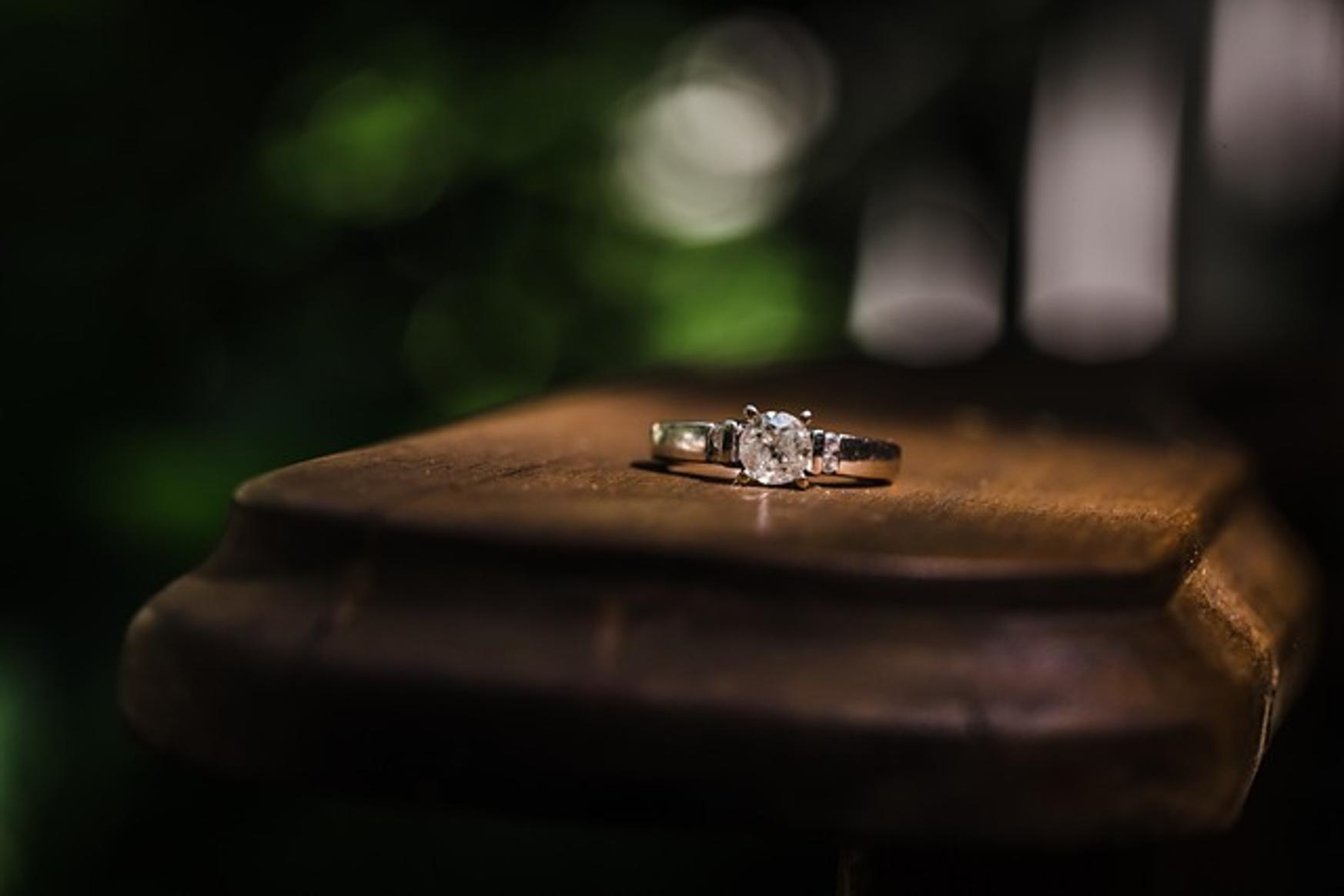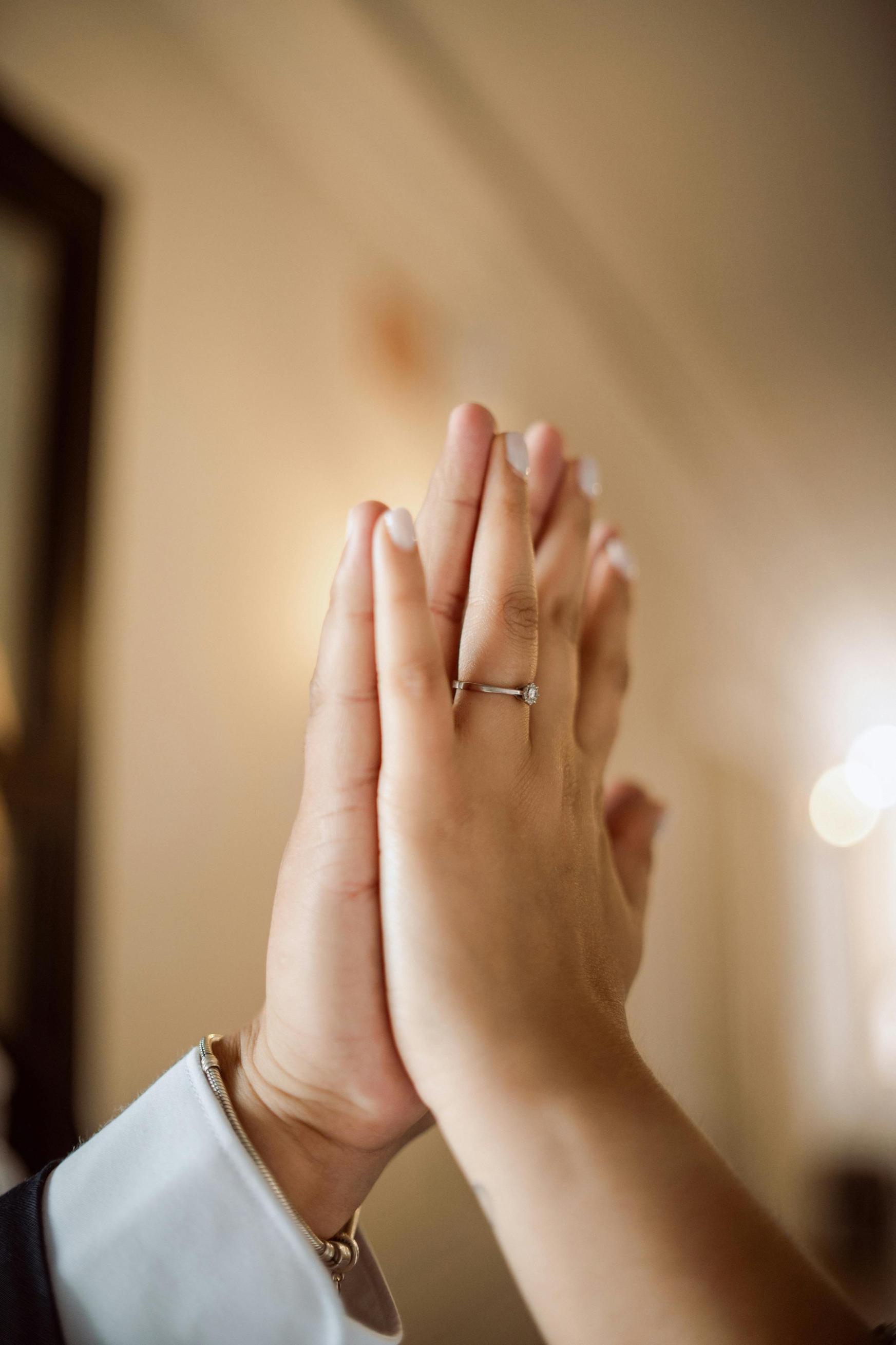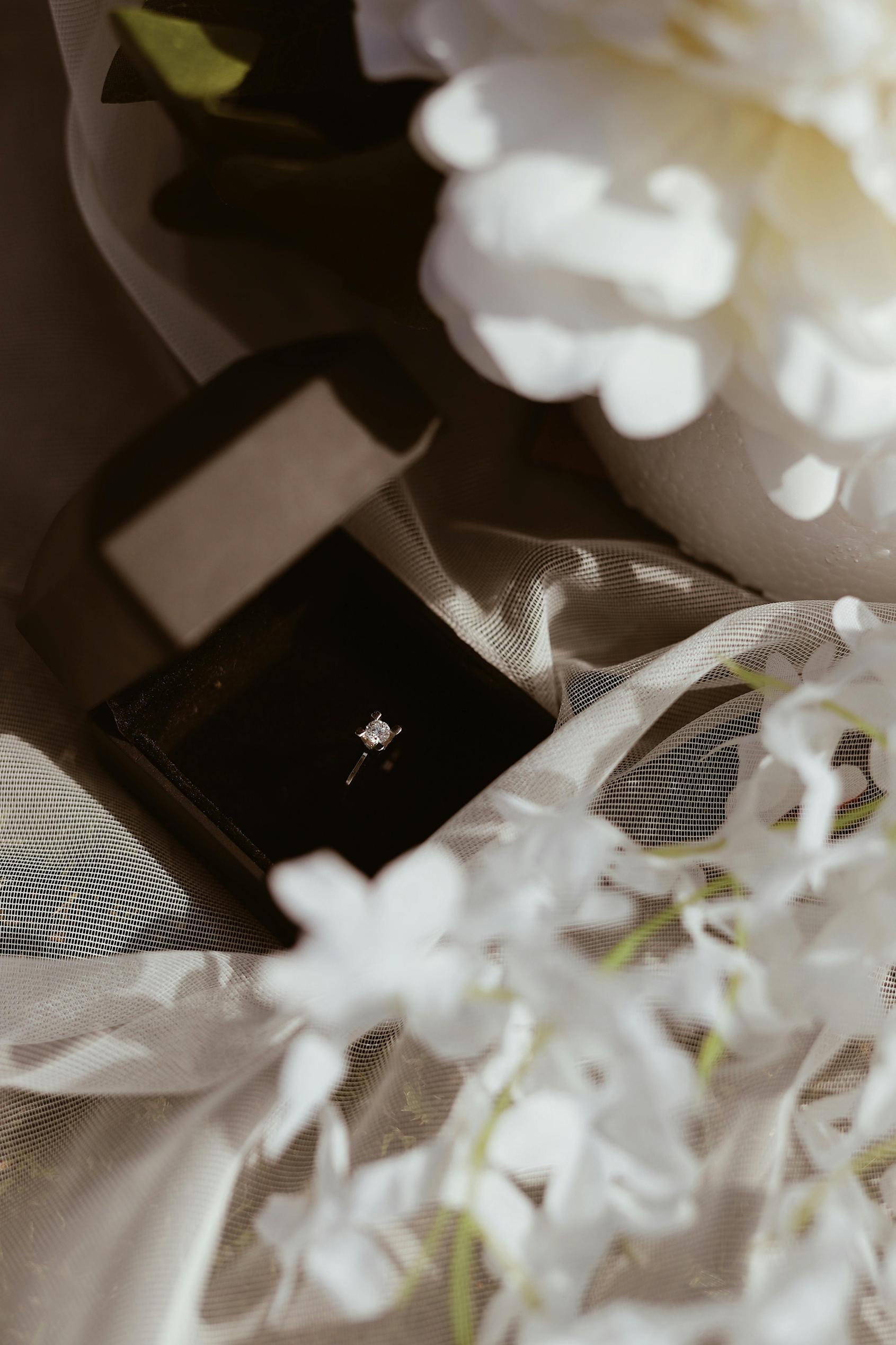Introduction
Choosing a diamond for an engagement ring can be daunting. This guide will simplify the process by breaking down the critical aspects you need to consider. From understanding the basics like the 4 Cs to ethical considerations and certification, you will learn how to make an informed decision.

Understanding the 4 Cs
The 4 Cs—Carat, Cut, Clarity, and Color—form the foundation for selecting a diamond. Each characteristic has a unique influence on the diamond’s appearance and value.
Carat: Weighing Your Options
Carat refers to the diamond’s weight and, indirectly, its size. One carat equals 200 milligrams. While a higher carat weight generally means a larger diamond, bigger isn’t always better. The diamond’s cut, clarity, and color can also significantly impact its overall beauty and brilliance.
Cut: The Shape of Elegance
The cut of a diamond is perhaps the most crucial factor in its sparkle. A well-cut diamond reflects light beautifully, enhancing its appearance. Cut grades range from Excellent to Poor. Various facets and angles characterize an excellent cut, ensuring maximum brilliance.
Clarity: Finding a Flawless Gem
Clarity deals with the presence of internal imperfections, known as inclusions, and external flaws, called blemishes. Diamonds are graded on a clarity scale from Flawless (no inclusions or blemishes visible under 10x magnification) to Included (inclusions and/or blemishes are visible to the naked eye). Often, inclusions are microscopic and do not detract from the diamond’s beauty.
Color: The Spectrum of Purity
Color grading evaluates how colorless a diamond is. The grading scale ranges from D (completely colorless) to Z (noticeable color). Generally, the less color a diamond has, the more valuable and rare it is. However, some people may prefer the warmth of diamonds with slight coloration around grades G to J, especially when set in yellow gold.
Setting Your Budget
Your budget will significantly impact your choices. Determine how much you’re willing to spend before exploring your options. It’s often a balancing act between carat size and quality factors like cut, clarity, and color. Prioritize what’s most important for you—be it size, sparkle, or purity.
Exploring Diamond Shapes
Shape refers to the geometric outline of the diamond. Unlike cut, which impacts a diamond’s facets and light reflection, shape is more about aesthetic preference.
Popular Diamond Shapes
The most favored diamond shapes include round, princess, oval, and cushion. Each offers a distinct look:
- Round: Known for its brilliant sparkle.
- Princess: Square-shaped with sharp corners.
- Oval: Elongated shape, creating the illusion of size.
- Cushion: Rounded corners and larger facets.
Pros and Cons of Each Cut
Understanding the advantages and disadvantages of each shape can guide your choice:
1. Round: Maximum brilliance but usually more expensive.
2. Princess: Modern look but prone to chipping at the corners.
3. Oval: Appears larger than its carat weight but may show the ‘bow-tie’ effect.
4. Cushion: Unique vintage look but lacks the brilliance of round shapes.

Choosing the Right Setting
Choosing the right setting is crucial for showcasing your diamond and ensuring its security.
Prong, Bezel, and Other Settings
- Prong: Holds the diamond securely with minimal metal, allowing maximum light exposure.
- Bezel: Encircles the diamond with a metal rim, offering excellent protection.
- Pave: Features small diamonds set close together, adding extra sparkle.
- Channel: Diamonds are set in a channel between two metal walls.
Matching the Setting to the Diamond Shape
The setting should complement the diamond shape:
1. Round diamonds pair well with virtually any setting.
2. Princess cuts often look best in a prong or channel setting.
3. Oval diamonds excel in a bezel or solitaire setting, highlighting their elongated form.
4. Cushion cuts match well with vintage or intricate settings.
Ethical Considerations
Many buyers today are concerned about the ethical sourcing of diamonds.
Understanding Conflict-Free Diamonds
Conflict-free diamonds are mined and shipped in a way that does not finance violent conflicts or human rights abuses. Always ask your jeweler for certification proving the diamond’s ethical sourcing, such as the Kimberley Process Certification.
Lab-Grown Diamonds vs. Natural Diamonds
Lab-grown diamonds are created in a controlled environment and are chemically identical to natural diamonds. They are often less expensive and considered more eco-friendly. However, some buyers prefer the historical and natural value of mined diamonds.
Certification and Authenticity
Ensuring your diamond’s authenticity and quality is crucial.
Importance of Certification
A certified diamond is graded by an independent lab and comes with a report detailing its characteristics. Certification guards against fraud and ensures you know exactly what you’re buying.
Trusted Certification Labs
Commonly recognized labs include:
1. GIA (Gemological Institute of America): Known for stringent grading standards.
2. AGS (American Gem Society): Offers a meticulous cut grading system.
3. IGI (International Gemological Institute): Widely accepted but considered slightly less stringent in grading.
Shopping Smart
Arming yourself with knowledge ensures a smart shopping experience.
Tips for Visiting a Jeweler
- Research beforehand: Understand the 4 Cs and know your budget.
- Review online reviews: Choose reputable jewelers with positive feedback.
- Inspect the diamond: Use a jeweler’s loupe to examine inclusions and color.
Questions to Ask to Ensure Quality
- Is this diamond certified? Request to see the certification.
- Can I see the diamond under magnification?
- What are the return and warranty policies?

Conclusion
Choosing a diamond for an engagement ring is an emotional and financial investment. By understanding the 4 Cs, knowing your budget, exploring shapes and settings, considering ethical factors, and ensuring certification, you can make an informed and meaningful choice.
Frequently Asked Questions
How do I determine the right carat size?
Consider your budget, finger size, and personal preference. Bigger isn’t always better; cut, clarity, and color also matter.
Are lab-grown diamonds a good choice for engagement rings?
Yes, they are eco-friendly and less expensive while being chemically identical to natural diamonds.
What should I look for in a diamond certificate?
Look for detailed information on the 4 Cs and ensure the certificate is from a reputable lab like GIA or AGS.
